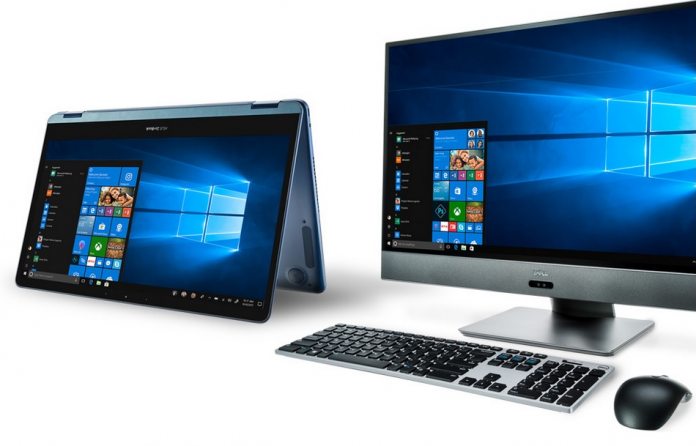If you are unfamiliar with a safeguard hold, it is sometimes known as a compatibility hold. In essences, it is when Microsoft prevents certain devices from installing a new Windows 10 update due to some compatibility issue between the hardware and software. We have seen a couple of safeguard holds this year following the release of Windows 10 May 2020 Update. Microsoft’s reasons for placing these holds is simple. The company prevents updates to stop problems occurring on hardware that is not compatible with an update. Common incompatibility issues include devices crashing, poor performance, and security holes. It is an annoying situation for users because Microsoft often does not provide much information about why it issues blocks. Admins are then left waiting for a fix to arrive. Sometimes these fixes come from Microsoft and other times from third parties through driver updates.
New Group Policy
Microsoft’s October 2020 Patch Tuesday last week included a new Windows 10 group policy. Specifically, a new policy titles “Disable safeguards for Feature Updates” is now available. As the name suggests, this allows admins to bypass safeguard holds. However, it is only for the twice-annual feature updates such as Windows 10 20H1 and Windows 10 20H2. Admins can check out the new policy by following: Computer Configuration > Administrative Templates > Windows Components > Windows Update > Windows Update for Business. In a support document, Microsoft explains how the new policy works: “Enable this setting when Feature Updates should be deployed to devices without blocking on any safeguard holds. Safeguard holds are known compatibility issues that block the upgrade from being deployed to affected devices until the issue is resolved. Enabling this policy can allow an organization to deploy the Feature Update to devices for testing, or to deploy the Feature Update without blocking on safeguard holds.”




